Everything you know about change ...
is about to change.
It all comes down to alignment.
If you’re looking to make some changes within your organization, it can be hard to know where to start.
That’s where we come in.
Over years of guiding clients through change strategies that yield tangible, sustainable results, we’ve learned a thing or two.
And the one factor that has proven essential to a successful transformation?
Alignment – on every level.
Our whole approach, in fact, is driven by our Organizational Transformation Alignment (OTA) framework.
The method behind the madness.
We understand the importance of science-based planning.
That’s why we get the ball rolling with our Organizational Transformation Alignment Survey (OTAS), a proprietary tool that enables us to identify both your levers for success and your potential barriers to change.
We’ll ask lots of questions, challenge your existing systems, and push the envelope – maybe even a bit further than you’re comfortable with.
What exactly needs to be aligned?
In short, everything.
Collaborating closely with you, we’ll appraise your organization’s unique dynamics and flag issues that may be causing discord.
Focussing our efforts on harmonizing four distinct areas, we’ll prime your business for a change that’s tailored to your very specific needs.
The four areas we synch for success.
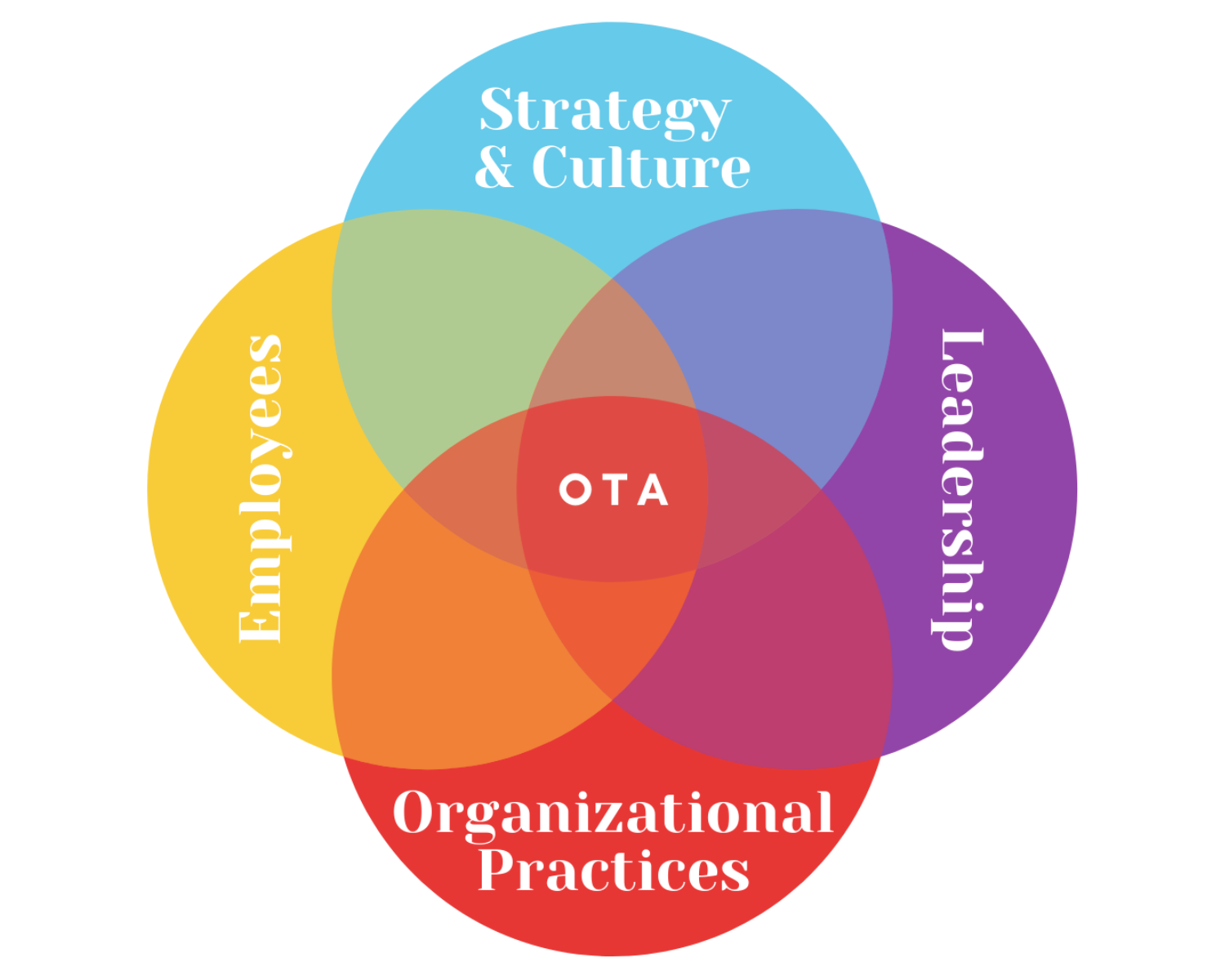
Are you all coming from
– and going to – the same place?
Here we put your business’s strategy (specifically, your mission, vision and goals) under the microscope.
Do all stakeholders have the same priorities?
Then we assess your
company culture:
"Does everyone hold the same values, beliefs and behaviours?"
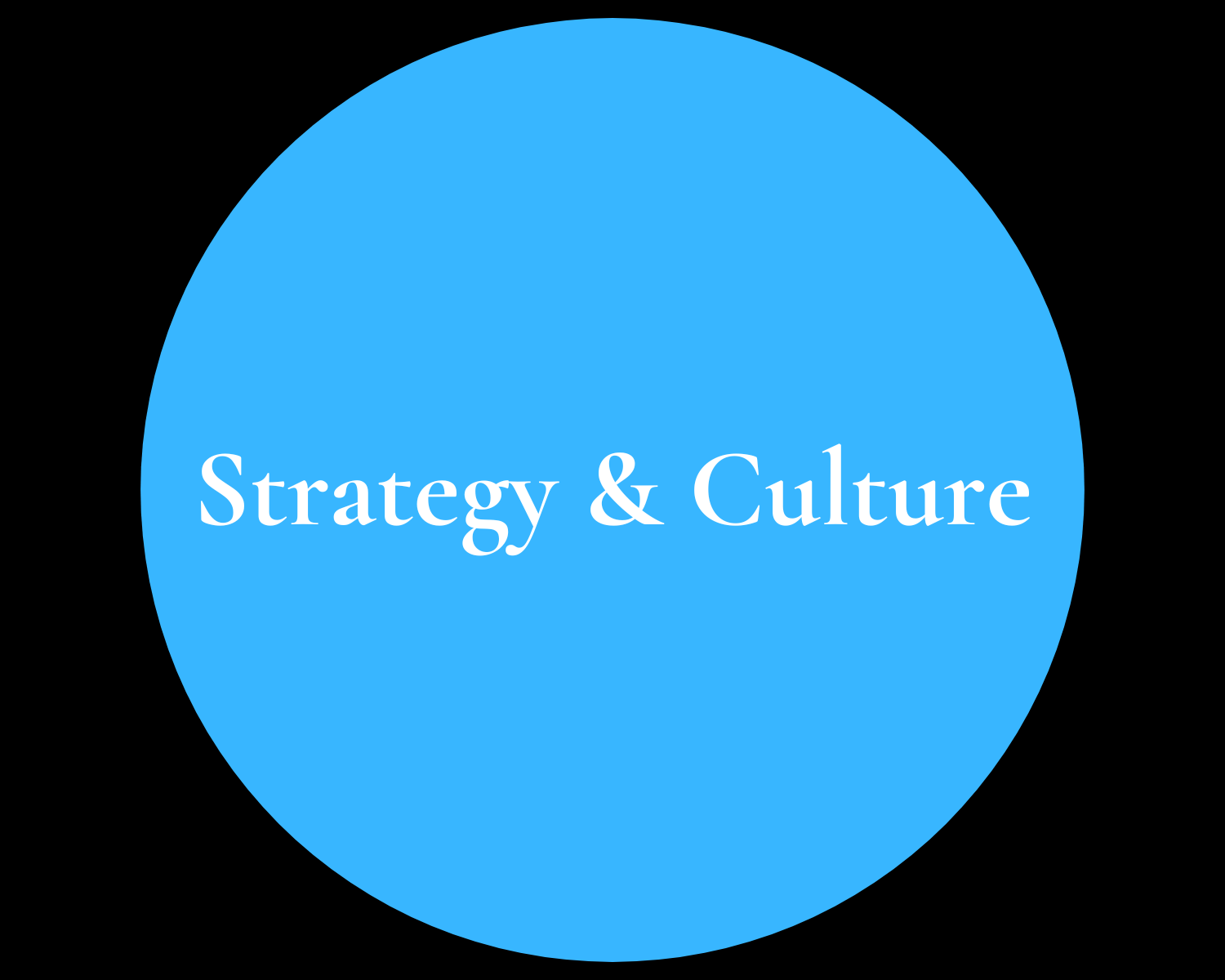
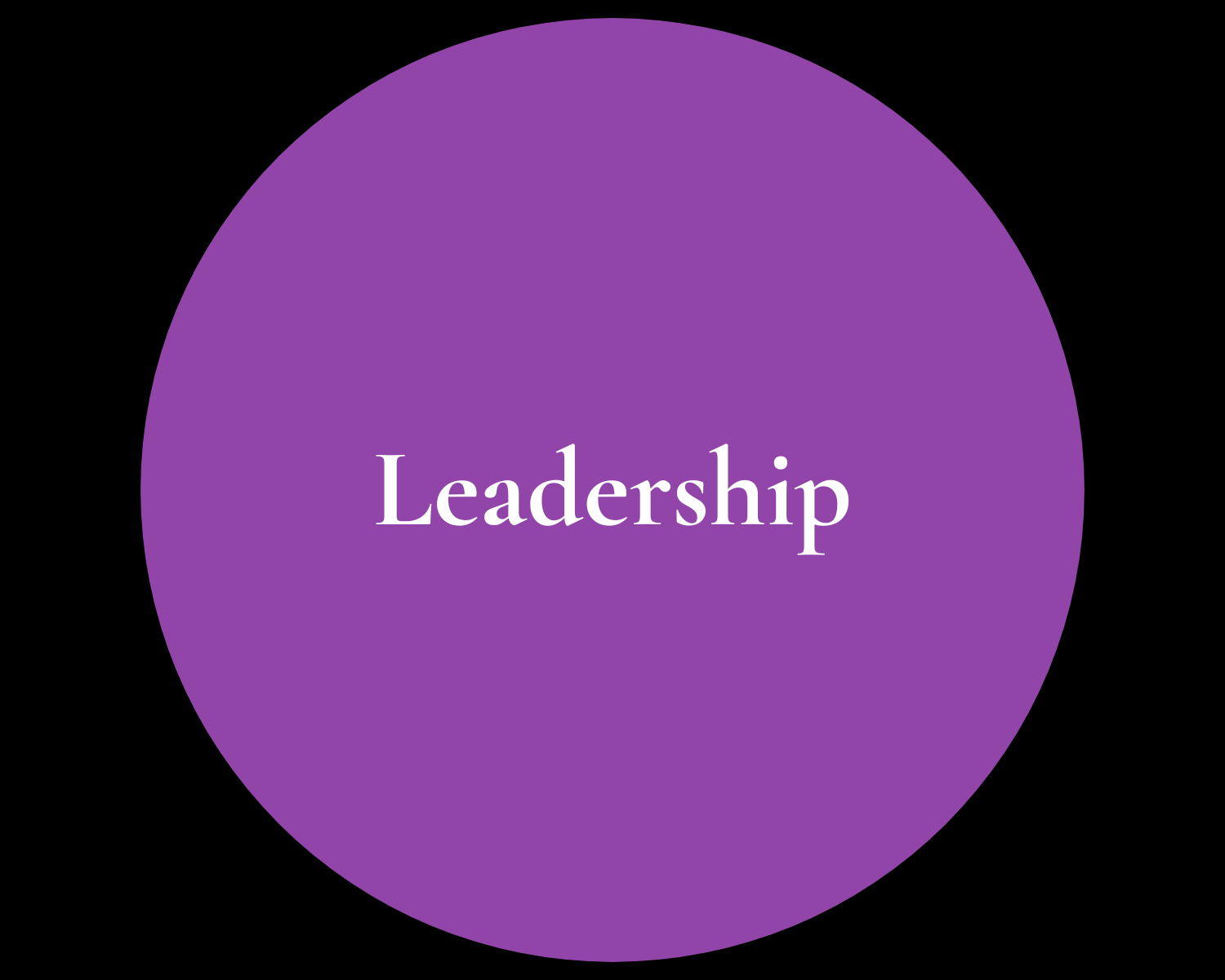
Are your leaders equipped to lead?
Here we consider two things:
- does your leadership have a common vision for the transformation?
- and are they capable of leading the organization through it?
Are you set up for succss?
Here we put your policies, procedures and other mechanisms to the test.
How can we ensure they support a transformation?
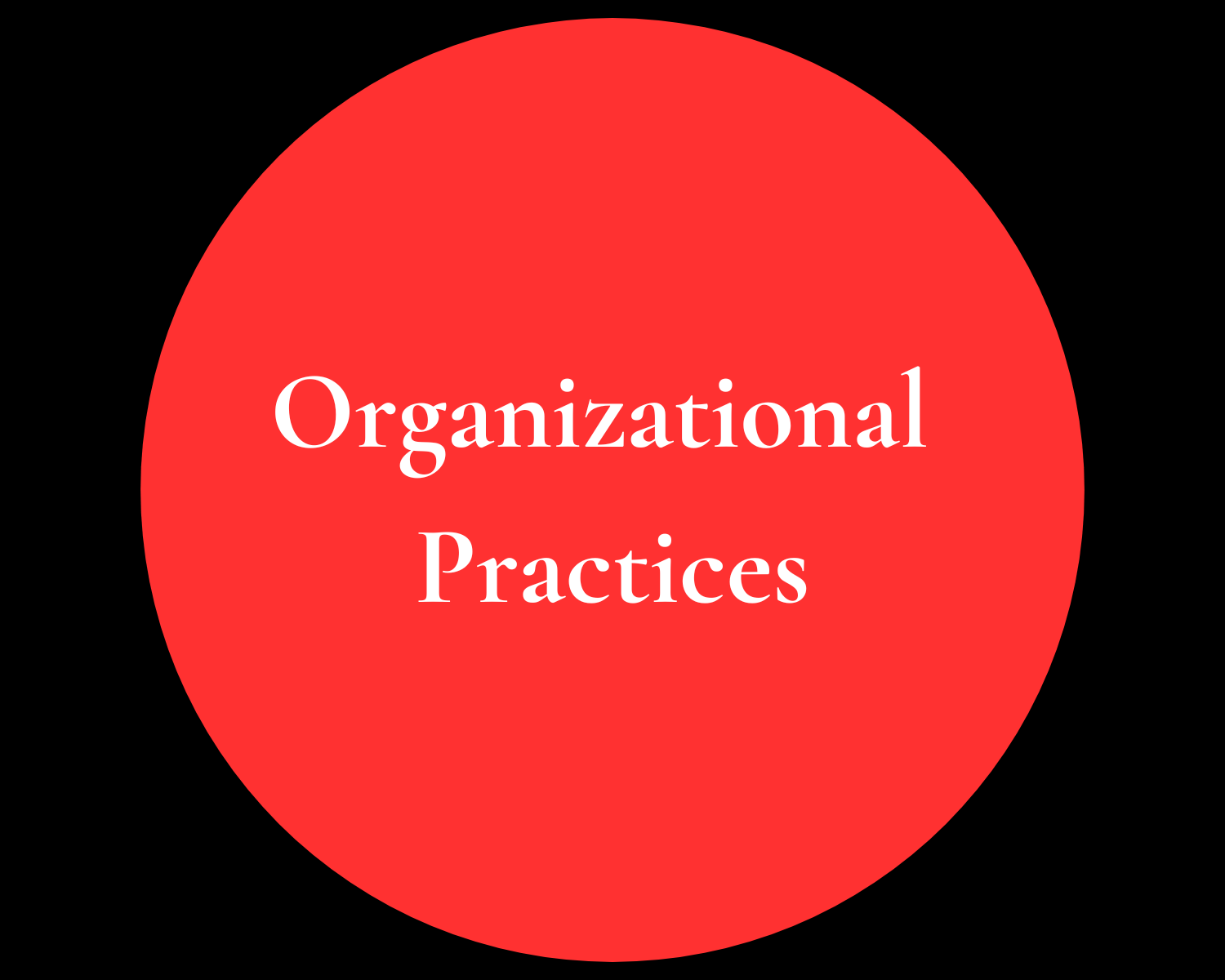
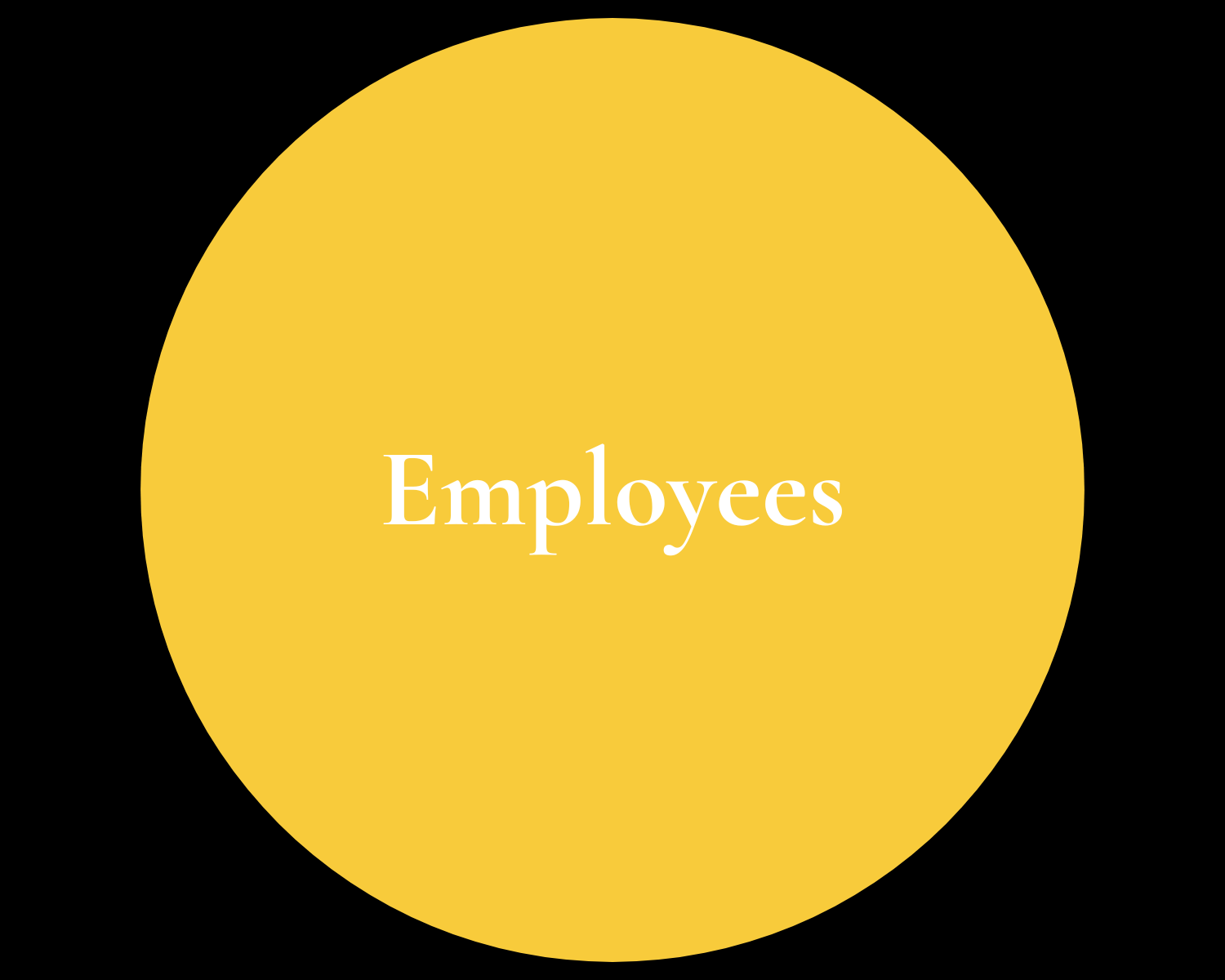
Are your employees involved?
Here we look at your employees’ level of engagement.
What can we put in place to empower them through a transformation?


